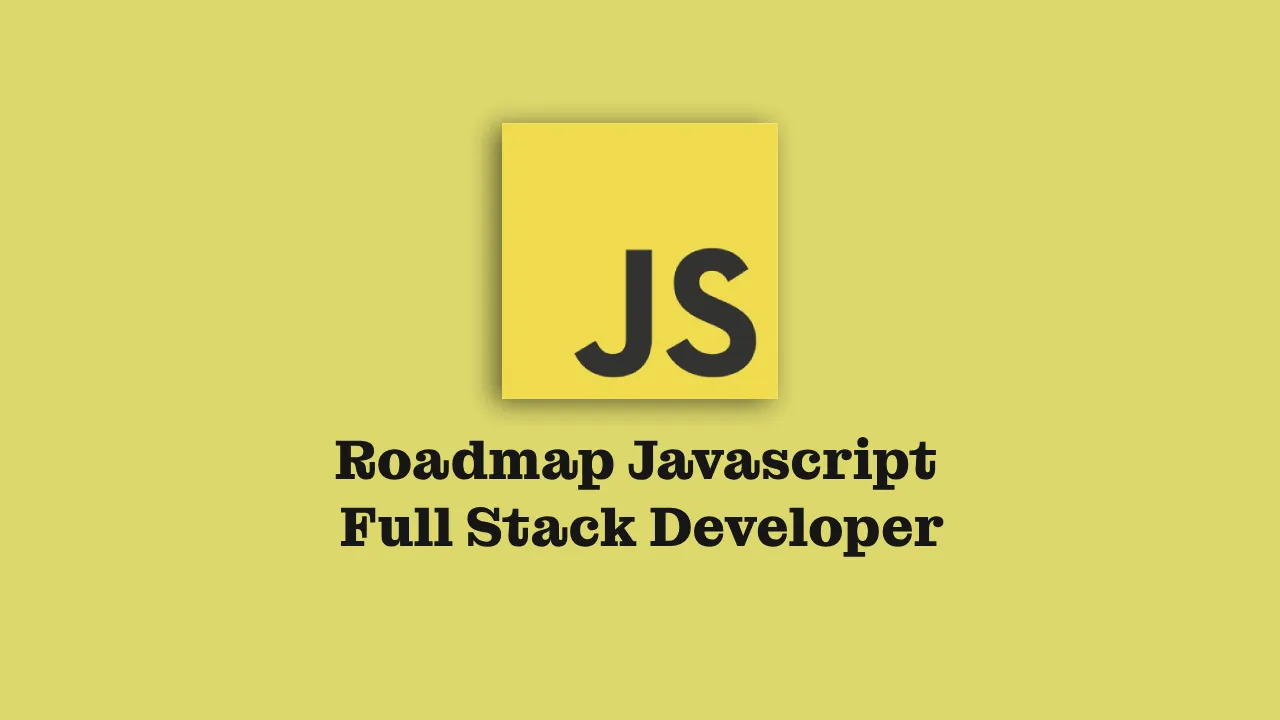The role of a full-stack developer has become increasingly vital in the world of web development. As businesses and organizations strive to deliver seamless and interactive web applications, the demand for professionals who can work on both the front-end and back-end has surged. A JavaScript full-stack developer is well-versed in a wide range of technologies and possesses the skills to create end-to-end web solutions.
In this comprehensive guide, we will embark on a journey through the JavaScript Full Stack Developer Roadmap. We will explore the essential tools, languages, frameworks, and best practices that encompass the full-stack development landscape. Whether you're an aspiring developer looking to kickstart your career or a seasoned programmer aiming to expand your skill set, this roadmap will serve as your compass to navigate the ever-evolving world of full-stack development.
01. Understanding Full Stack Development
- What Is a Full Stack Developer?
- The Advantages of Being a Full Stack Developer
- Key Responsibilities and Roles
02. Essential Front-End Technologies
- HTML5, CSS3, and JavaScript
- Responsive Web Design
- CSS Preprocessors (e.g., SASS, LESS)
- Front-End Frameworks (e.g., React, Angular, Vue)
03. Mastering Back-End Development
- Server-Side Programming Languages (e.g., Node.js, Python, Ruby)
- Databases (e.g., SQL, NoSQL)
- Server Frameworks (e.g., Express.js, Django, Ruby on Rails)
- RESTful APIs and GraphQL
04. Diving into Databases
- Relational Databases (e.g., MySQL, PostgreSQL)
- NoSQL Databases (e.g., MongoDB, Redis)
- ORM (Object-Relational Mapping)
- Database Design and Optimization
05. Version Control and Collaboration
- Git and GitHub
- Collaborative Development Workflows
- Code Review Best Practices
06. Working with DevOps and Deployment
- Continuous Integration and Continuous Deployment (CI/CD)
- Cloud Platforms (e.g., AWS, Azure, Heroku)
- Containerization and Docker
- Deployment Automation
07. Front-End Build Tools
- Task Runners (e.g., Grunt, Gulp)
- Package Managers (e.g., npm, Yarn)
- Module Bundlers (e.g., Webpack, Rollup)
08. Security Best Practices
- Web Application Security Fundamentals
- Authentication and Authorization
- Handling Sensitive Data
- Security Tools and Practices
09. Testing and Quality Assurance
- Types of Testing (Unit, Integration, End-to-End)
- Test-Driven Development (TDD)
- Testing Frameworks (e.g., Jest, Mocha, Selenium)
10. Performance Optimization
- Front-End Performance
- Back-End Performance
- Monitoring and Profiling Tools
- Caching and Content Delivery Networks (CDNs)
11. Microservices and Serverless Architecture
- Microservices vs. Monolithic Architecture
- Building Scalable Applications
- Serverless Computing with AWS Lambda and Azure Functions
12. Continuous Learning and Staying Updated
- Blogs, Forums, and Online Communities
- Attending Conferences and Meetups
- Open Source Contributions
- Online Courses and Tutorials
Conclusion:
Becoming a proficient JavaScript full-stack developer is a challenging but rewarding journey. This roadmap provides a structured path to acquire the skills and knowledge needed to excel in this role. As you progress through each step, you'll gain a deeper understanding of both front-end and back-end development, enabling you to build robust and dynamic web applications. The ever-evolving tech landscape requires continuous learning, and staying updated with the latest trends and technologies is essential for success. By following this roadmap and embracing a growth mindset, you can embark on a fulfilling career as a JavaScript full-stack developer, contributing to the creation of innovative and impactful web solutions

Comments
Post a Comment